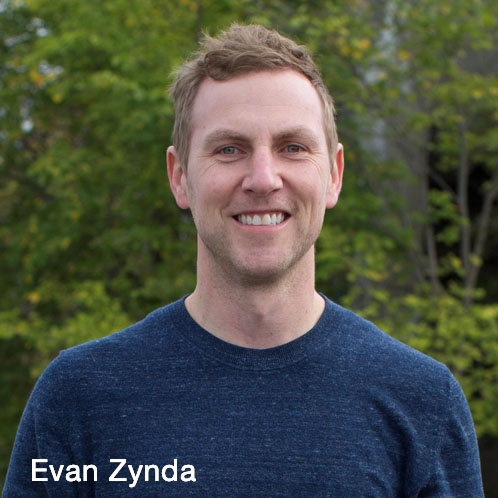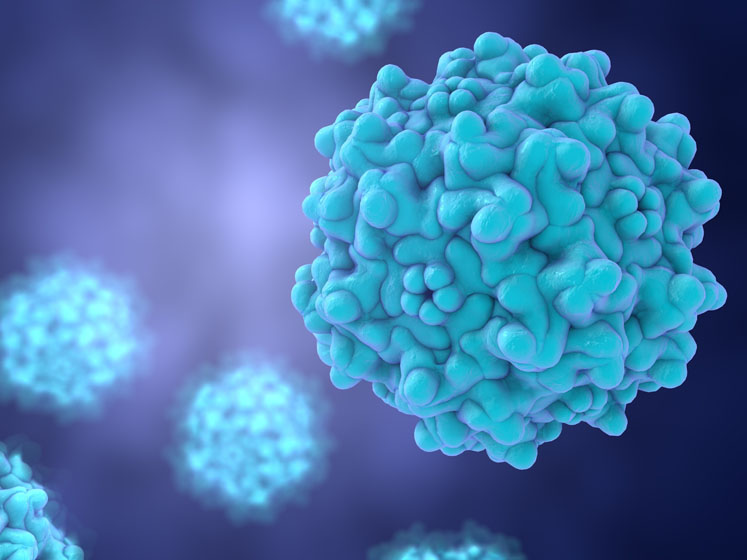KSR: There are many patient needs driving the need for enhanced cell therapies. Cancer is one of them; can you tell us about what you’re seeing in the industry in terms of developments and progress?
EZ: Treatments are improving for many of the diseases that cell therapies are designed for, including cancer, but many patients in need simply aren’t receiving them. Right now, one in three patients diagnosed with cancer will suffer from a lack of successful treatment options within a period of 5 years. I consider it to be an imperative for the industry at large.
KSR: The current shortage of cancer drugs is distressing for both patients and their families; what do you think of this situation and the fact that people are unable to get access to life-saving therapies?
EZ: The American Cancer Society reports that there were nearly two million estimated new cases of cancer in the United States — and nearly 610,000 deaths in 2022. Since the American Cancer Society began collecting statistical data in 2007, there has been an 8% increase in deaths overall between then and now.
The cancer drug shortages we’re facing — domestically (in the US) and globally — staggering impact. At least 25 cancer drugs in the United States are currently in short supply, which is a problem that’s mirrored in other countries as well.
This is one of the primary motivations behind our work. What can our team do to get therapies into the hands of the patients where and when they need them?
Our team is constantly looking for ways to innovate, improve and deliver these critical therapies — and even cures — for cancer as well as a host of other diseases and conditions.
We are focused on developing methodologies and technologies to shrink the development lifecycle and production processes.

Right now, we are working on automation, physical and digital integration, and providing workflow flexibility; the goal is to elevate these tools to expedite availability and increase access to these life-changing cancer therapeutics.
Treatments are improving every day, but those that are readily available — more traditional therapeutics — don’t provide a potential cure. Our eyes remain on the prize, which is helping to expedite the development of advanced therapeutics that we believe will do more than just alleviate or repress symptoms; they might cure many cancers completely and permanently.
We are currently examining a wide variety of methods to improve bio/pharmaceutical companies’ timelines in terms of production and efficacy … and we’re determined to figure these things out!
KSR: So, what do you perceive to be the greatest obstacles to expanding delivery and access?
EZ: For cell and gene therapies to be successful, we need to train the cells to enter a veritable battlefield quite differently from typical physiological environments. This applies to solid tumours wherein the pH is completely different.
There is a shortage of energy sources (such as glucose) because they’re consumed by the cancer cells, which also devour loads of the available oxygen.
Every step in the process influences the quality of the drug itself, so there are numerous challenges involved in successfully attacking these tumours. Instrumentation and the use of beads — including a detachable kind that’s currently in development — will further shorten the production process, saving resources and reducing the time-to-patient.
KSR: What do you perceive to be the biggest hurdle to making your goals a reality?
EZ: There is an increased need to work with the best scientists worldwide, collaboratively, to truly create and refine the next level of tools and products to enable researchers and drug developers to do what they do best.
And this needs to happen now. I find myself saying this frequently to colleagues both inside and outside of the walls of Thermo Fisher. We need to unite as R&D specialists, scientists, doctors and patients to make a significant dent in the war on cancer … and I believe that cell and gene therapies and other novel therapies are key to success here.
Another important factor is cost, which I see as a driver for the adoption of novel therapies as well.
Reducing development and production times results in significant cost savings, and many of our current bioproduction innovations are designed to deliver just that.
The aim is to reduce costs enough that they can be passed along to patients, improving affordability and access worldwide. If we can tackle these challenges, we’ll be in much better shape in the war on cancer sooner rather than later.
KSR: Can you give me an example of some of these cost-saving tools or techniques you’re developing or deploying?
EZ: Right now, we’re looking at allogeneic processes to help drive down costs — by attempting to decrease the time involved to create CAR-T therapies from 2 weeks to 2 days; this is a dramatic reduction in the time it currently takes to get these critical medicines to market.
If we can scale production from one drug per manufacturing run to maybe as many as 100 or more, that can make a meaningful difference for patients, doctors and caregivers.

KSR: What about safety and quality control? If the development/production cycle is becoming shorter, how do you guarantee the safety and efficacy of the therapies you’re helping to bring to market?
EZ: For our teams, safety is integrated into every step of the process to prevent contamination and ensure product quality, purity and efficacy. With newer therapies such as CAR-T and cell and gene therapies, there are new challenges related to safety that must also be addressed and that require new technologies.
Our goal is to offer therapies that are both effective and safe for patients. Ultimately, to overcome any of these hurdles, we need to challenge the traditional pharmaceutical model. To us, every failure is a patient not getting the drug(s) they’re waiting for.
There is already a movement under way to think differently about how we should be structuring the development and delivery of these newer drugs that may not fit into the traditional landscape.
Decentralisation is a promising option — and Thermo Fisher is working towards this by staying flexible and close to our customers; it’s a concept that may save time and lives, turning the delivery of medicines into a much more localised, streamlined process to, again, decrease the time it takes to get medicines to patients.
We partner with our customers to find successful treatments for challenging diseases.
KSR: Given these circumstances, how do you see the future of specialized therapeutics for cancers and other diseases, including rarer orphan diseases, evolving?
EZ: We’re trying to figure that out each day … and I see us getting closer. We feel that the industry will move away from a one-size-fits-all approach and may become a bit more segmented to accommodate the inherently differentiated therapeutics being developed for different diseases.
This largely comes down to meeting more customer needs, which may not always be immediately or apparently scalable. We need to promote flexibility and adaptability, which are both vital to innovation.
Modular workflows may play an important role, as will automation, which reduces the incidence of contamination, thereby increasing safety for patients.
I think the challenge for so many great minds in the bioprocessing, bioproduction, biopharma, pharmaceutical, scientific, academic and healthcare communities is just how many obstacles we must overcome to make life-changing therapeutics available to a growing patient population across the world. But, we are taking it one step, or obstacle, at a time.
Bibliography
- https://edition.cnn.com/2023/07/20/health/drug-shortage-cancer-research/index.html#:~:text=A%20survey%20of%20major%20cancer,the%20National%20Comprehensive%20Cancer%20Network.
- www.cancer.org/content/dam/cancer-org/research/cancer-facts-and-statistics/annual-cancer-facts-and-figures/2022/2022-cancer-facts-and-figures.pdf.
- www.npr.org/2023/06/13/1182001324/recent-shortage-of-cancer-drugs-leaves-patients-around-the-world-vulnerable.
- www.thermofisher.com/order/catalog/product/DDB0500.1011.




